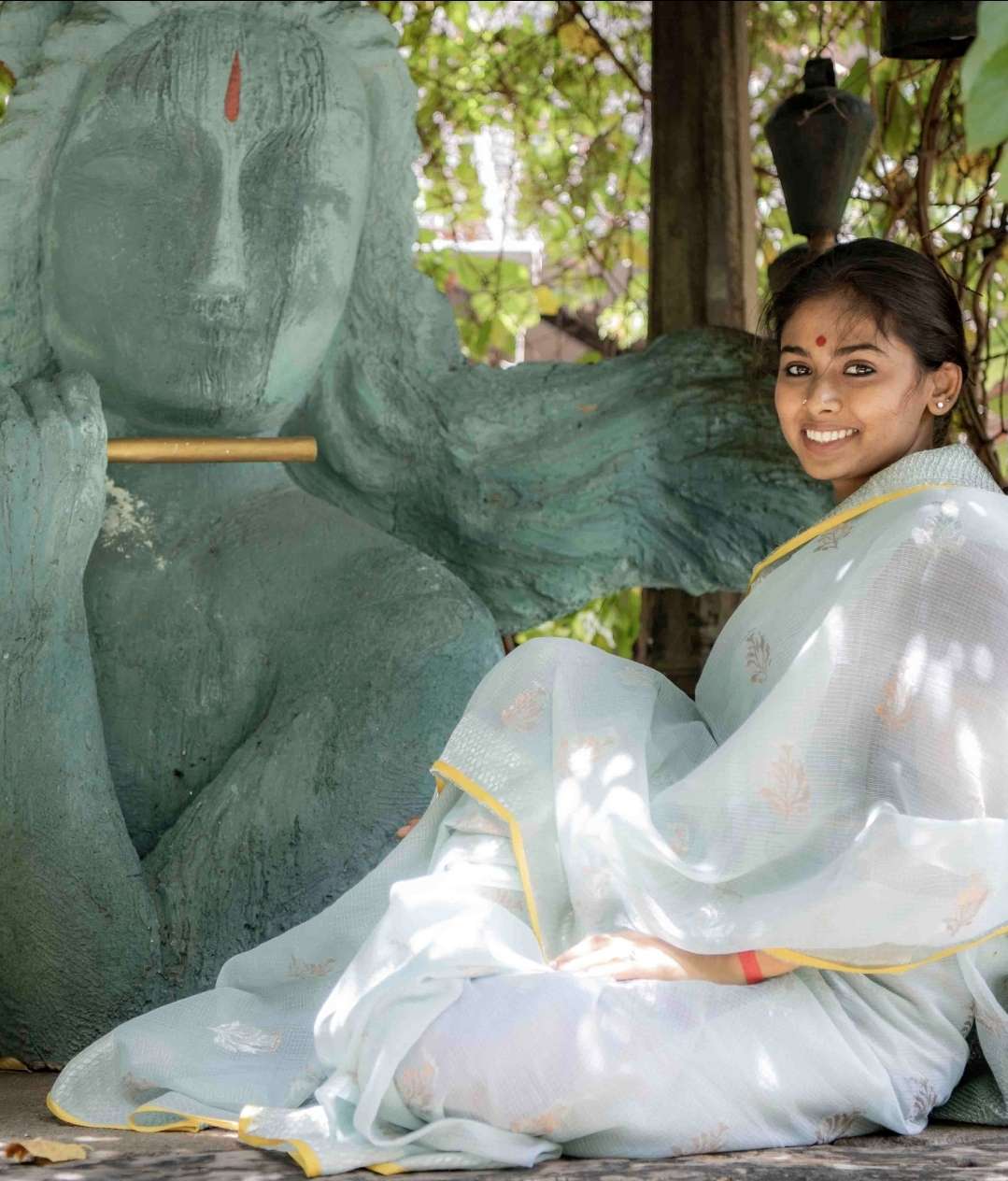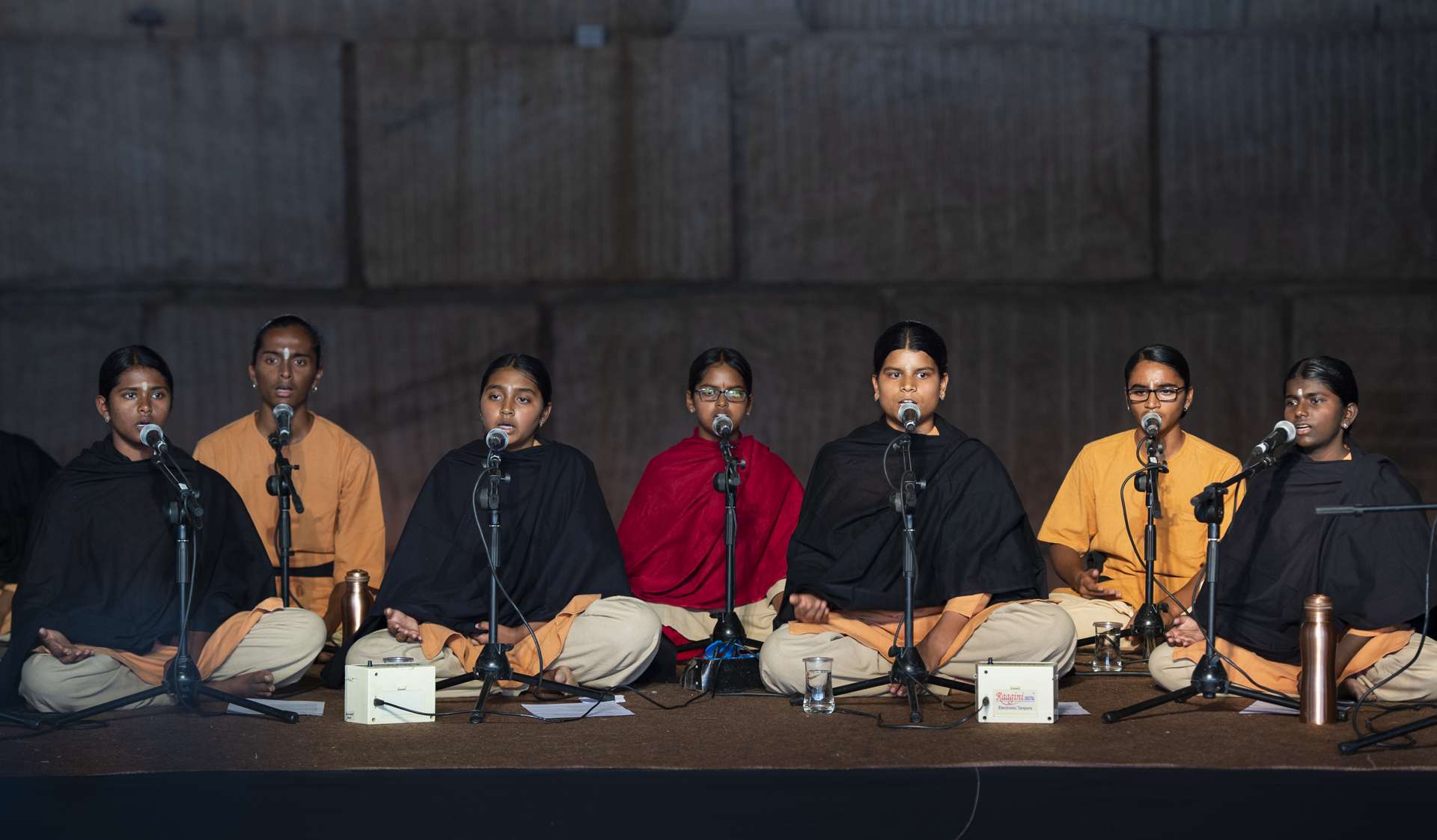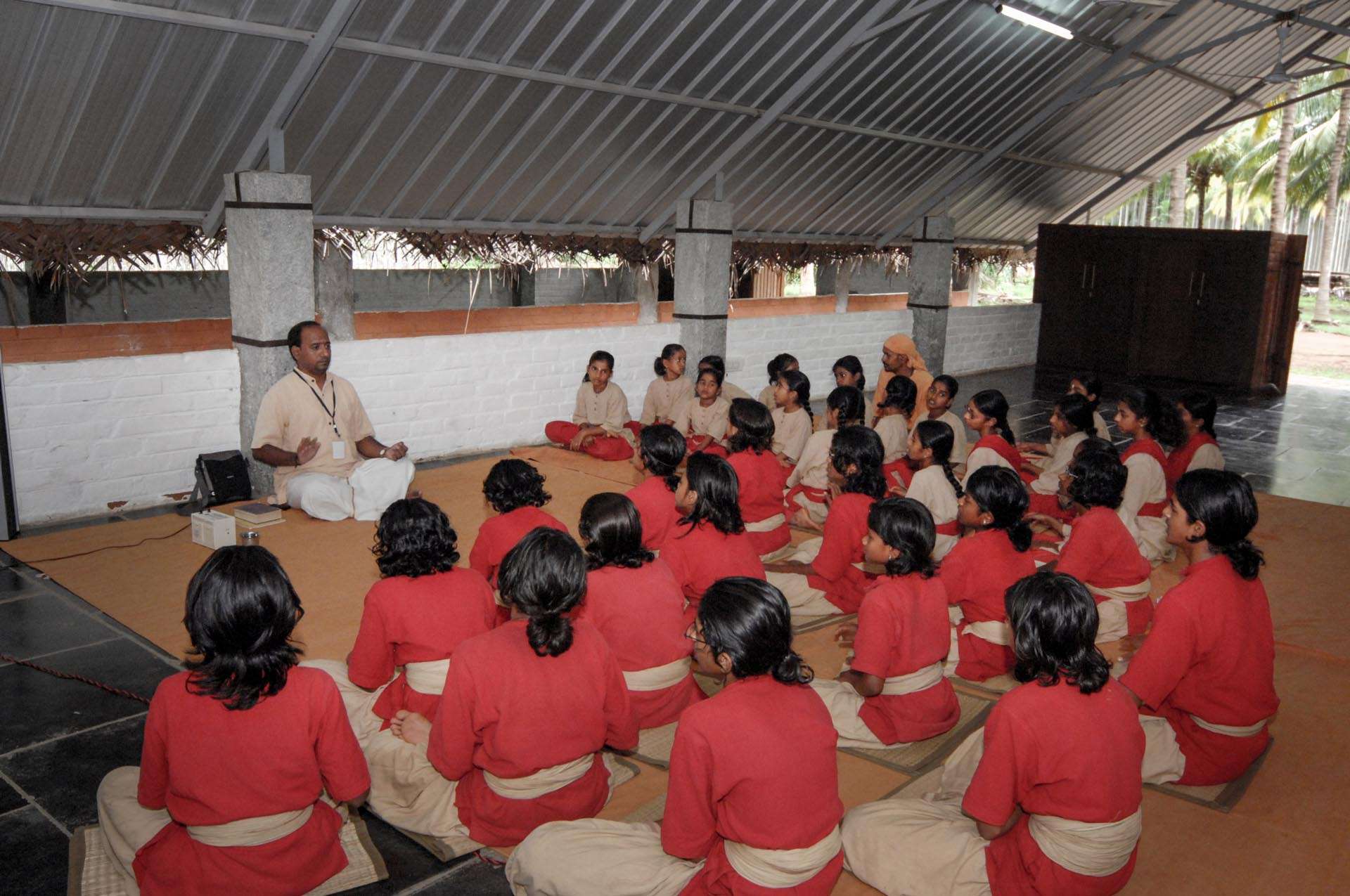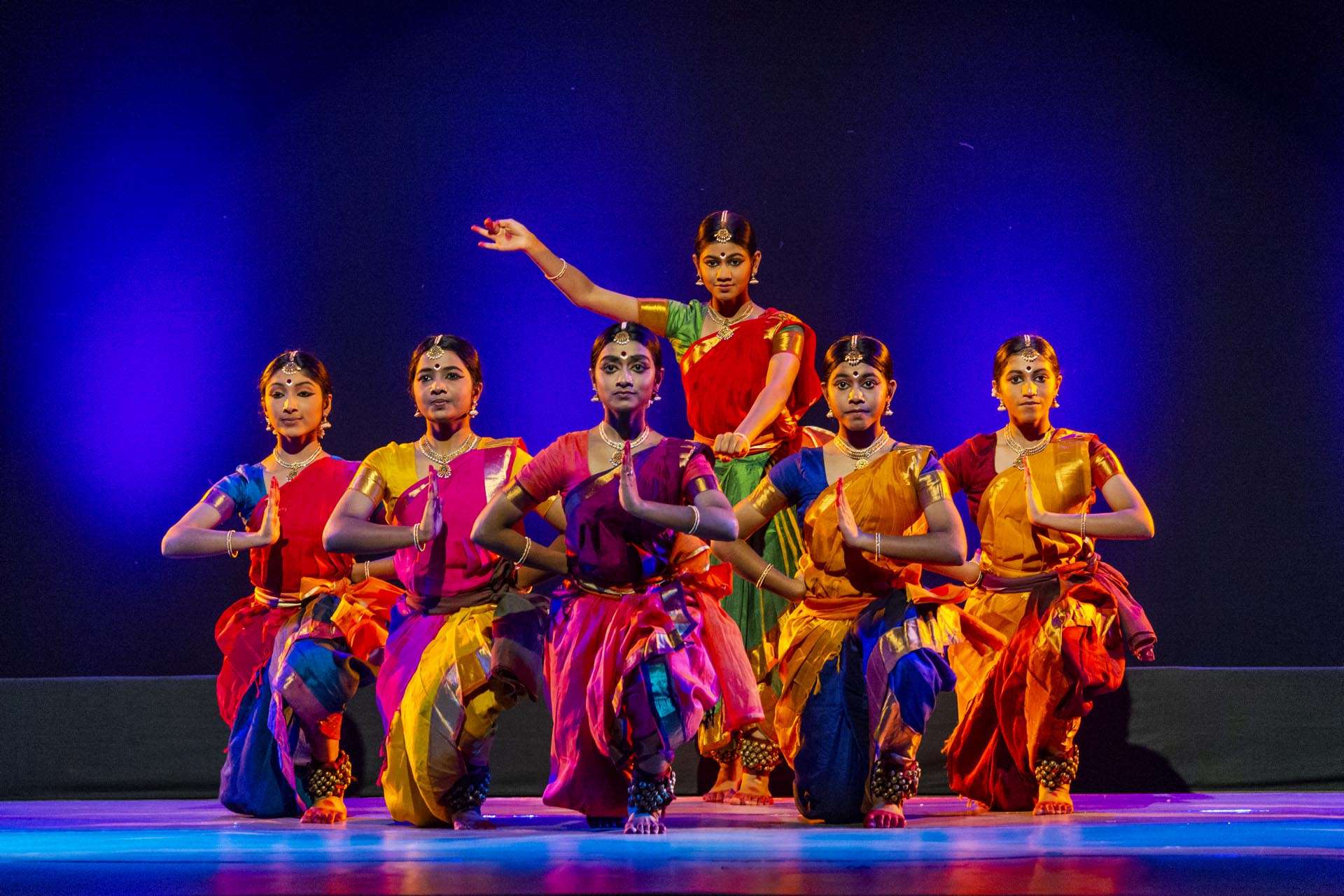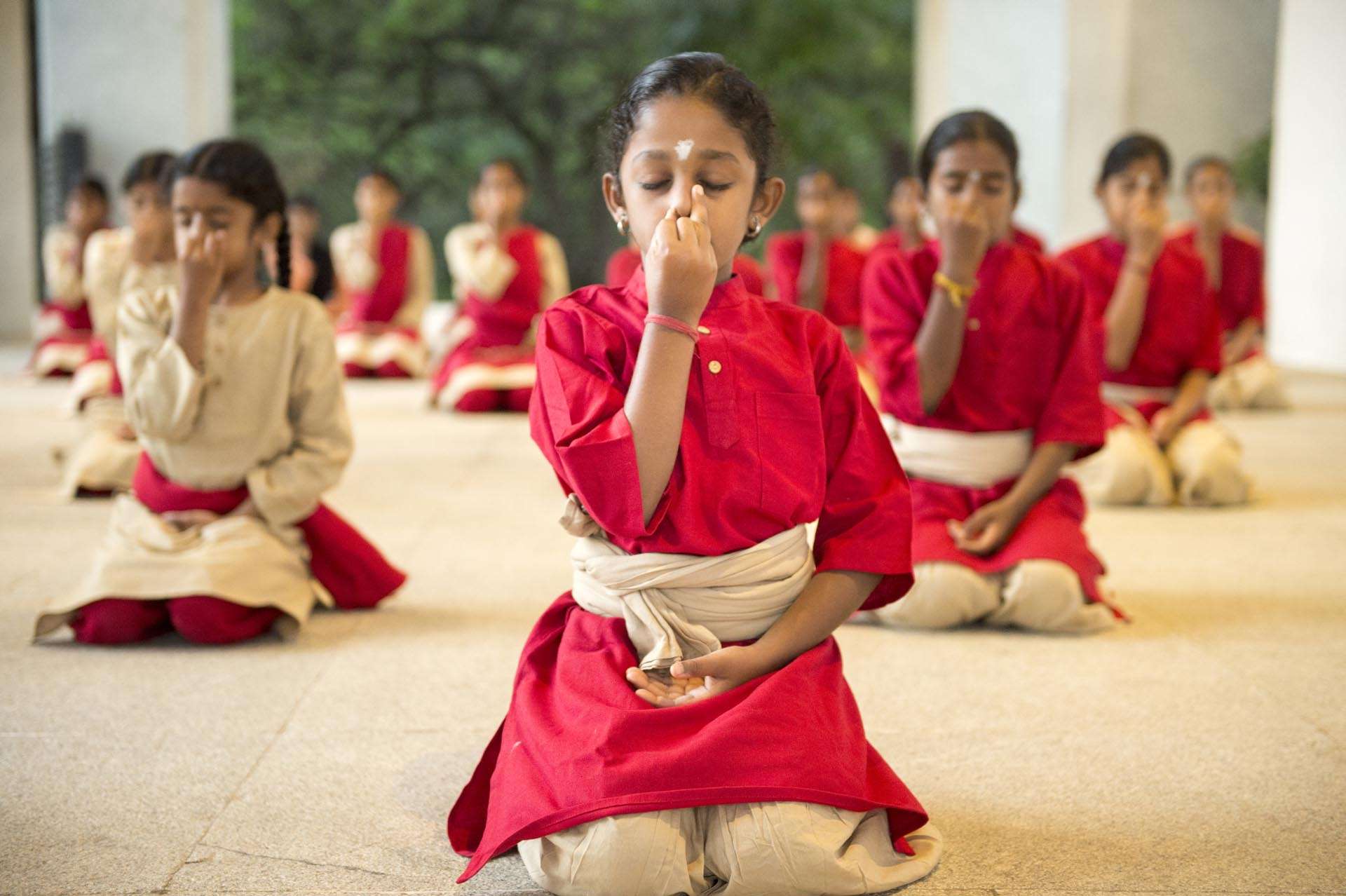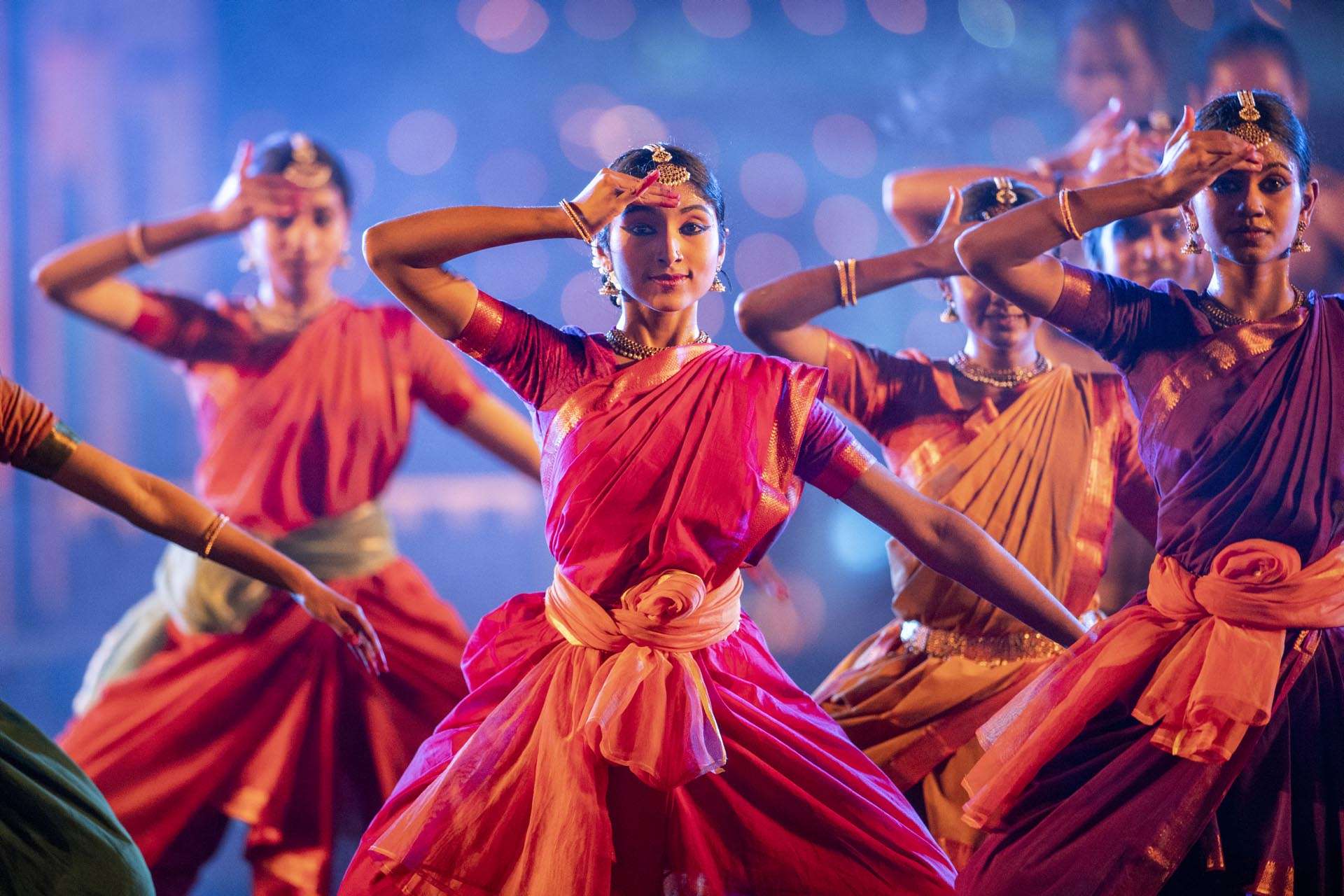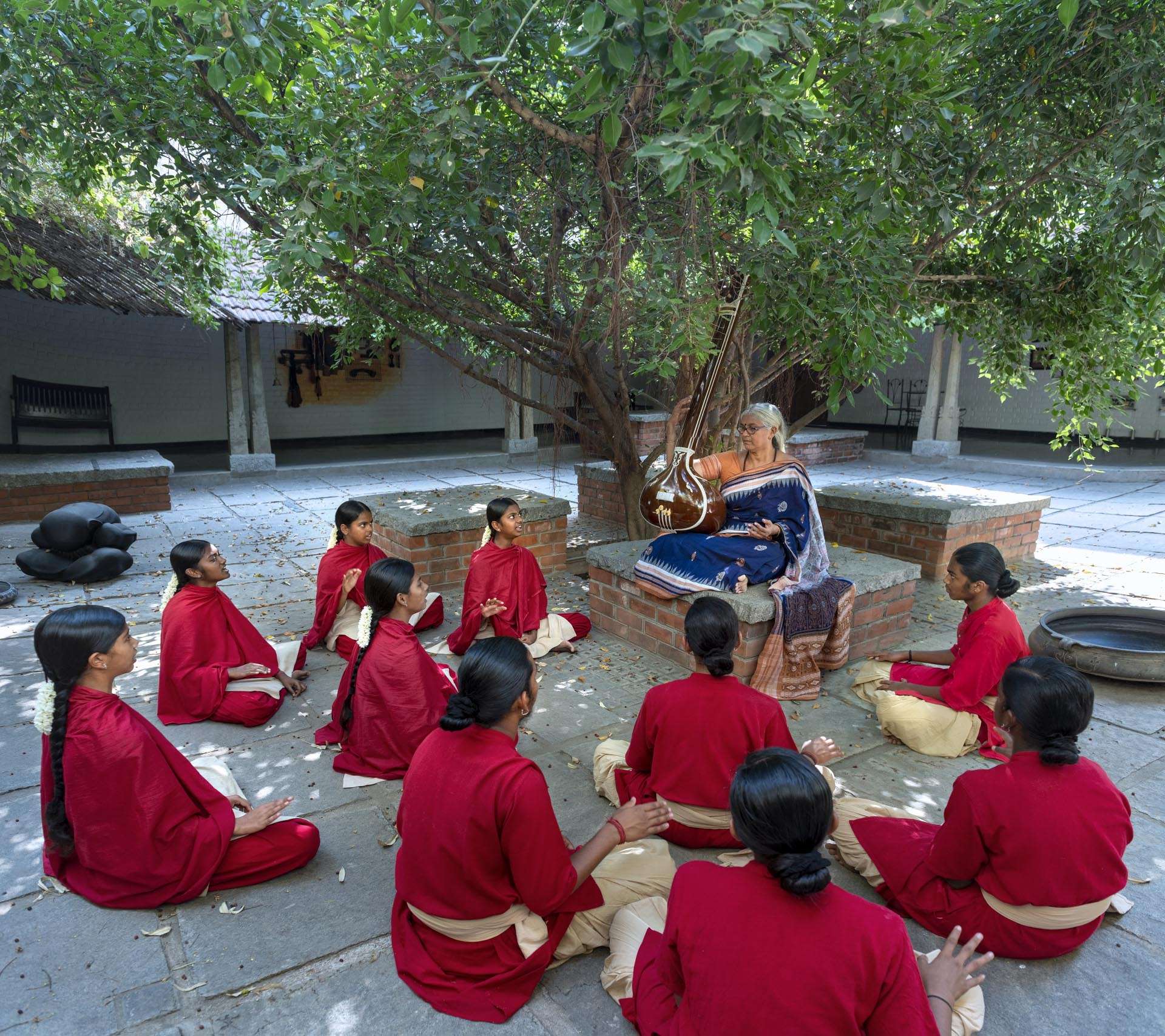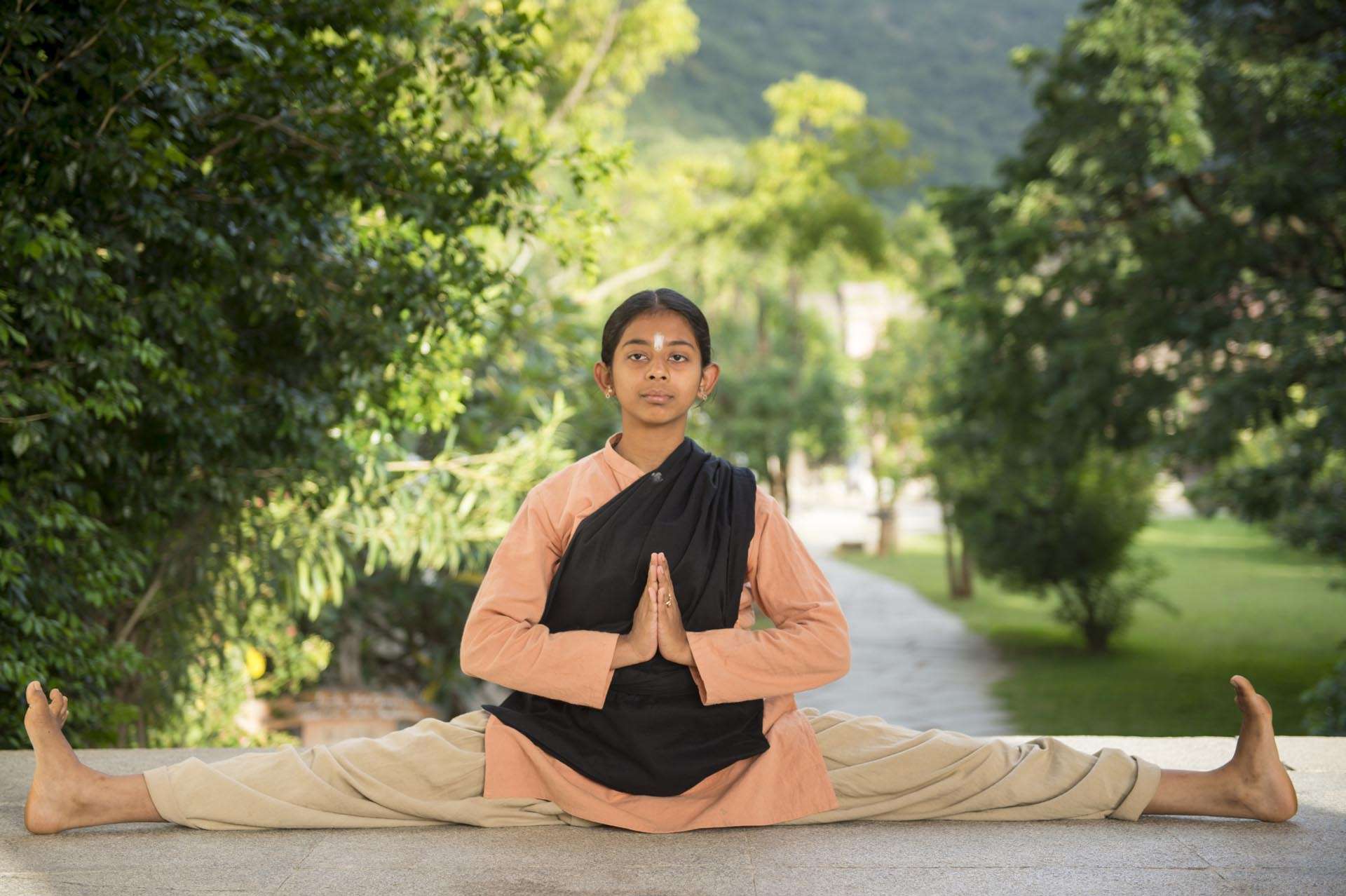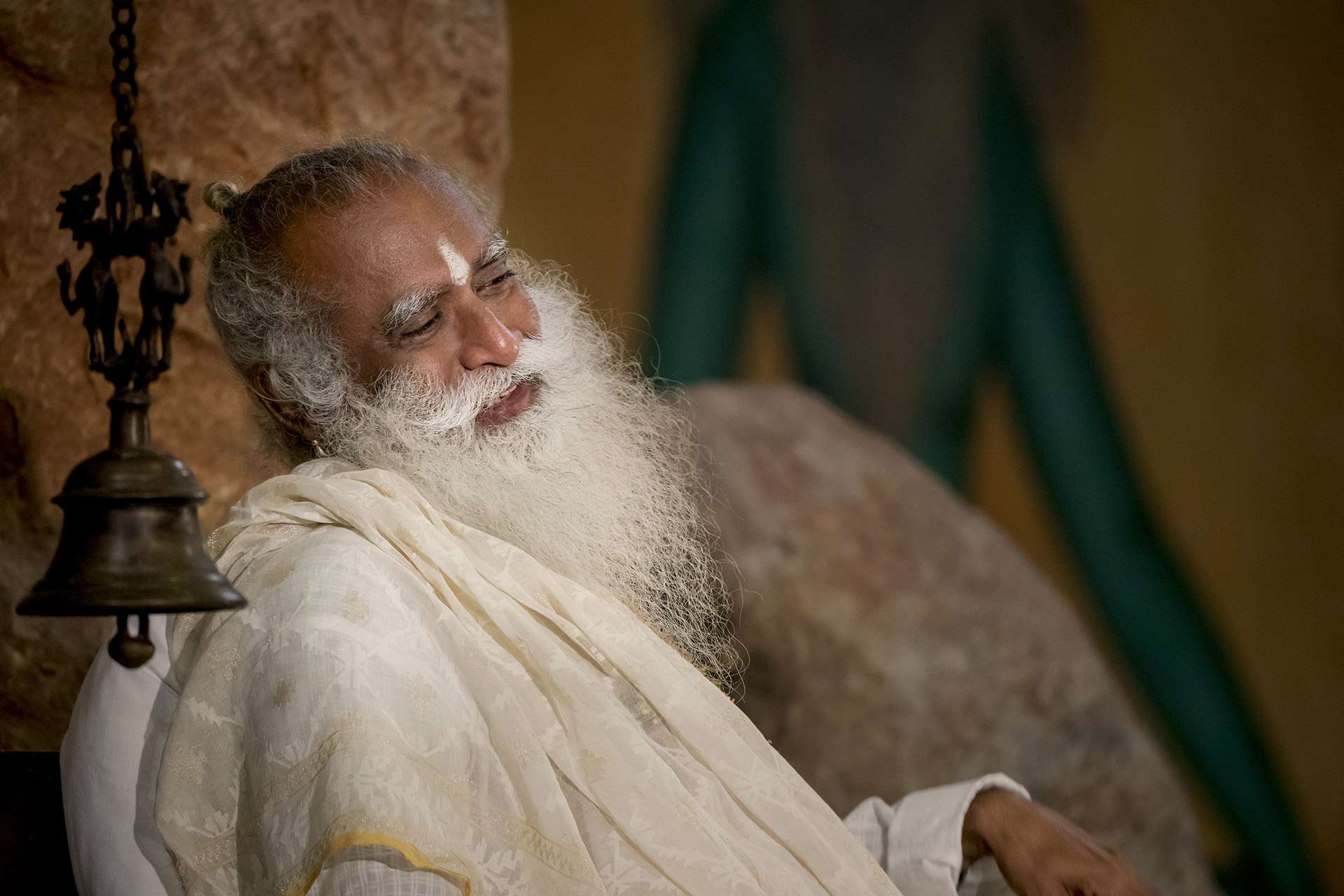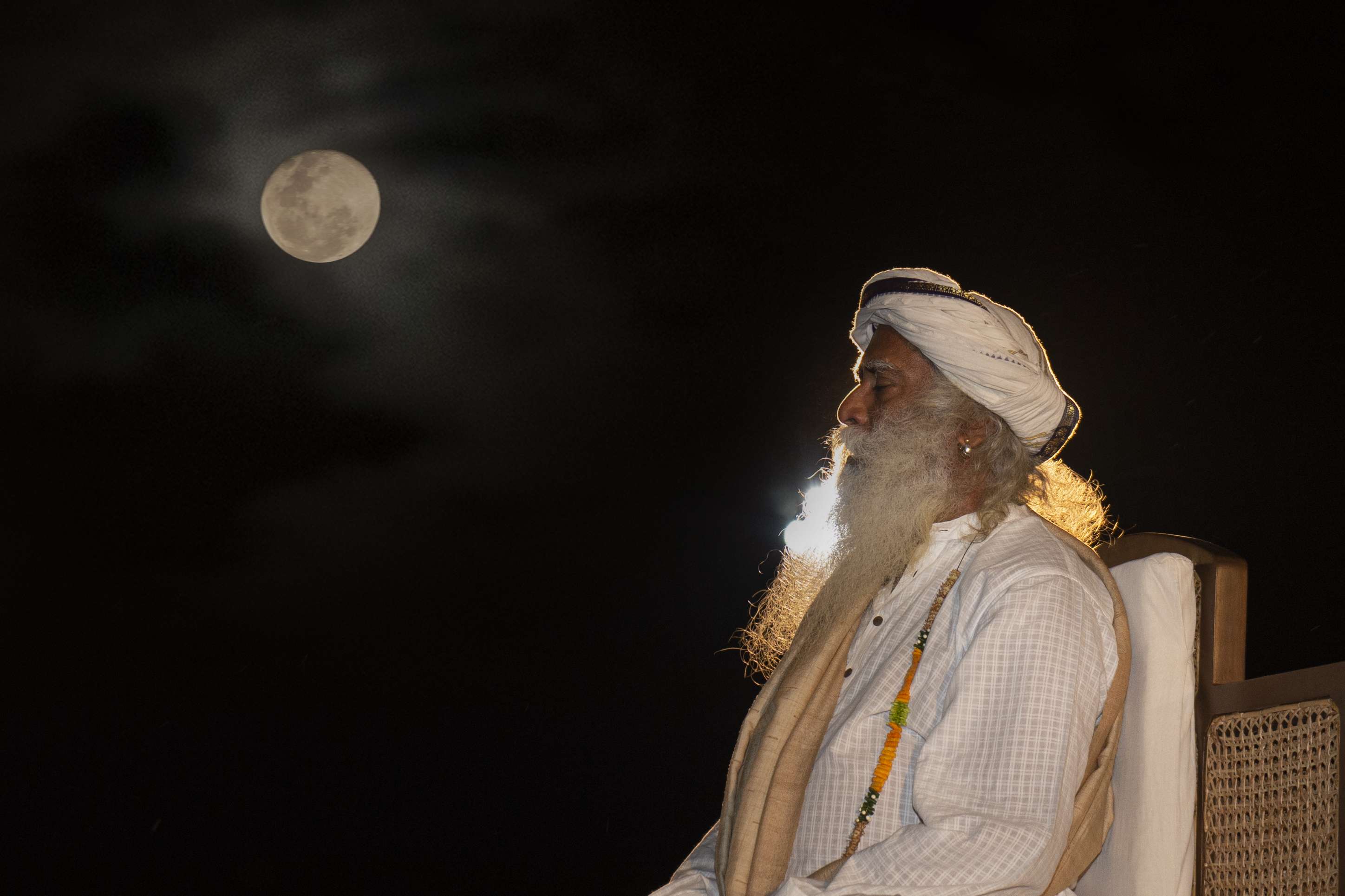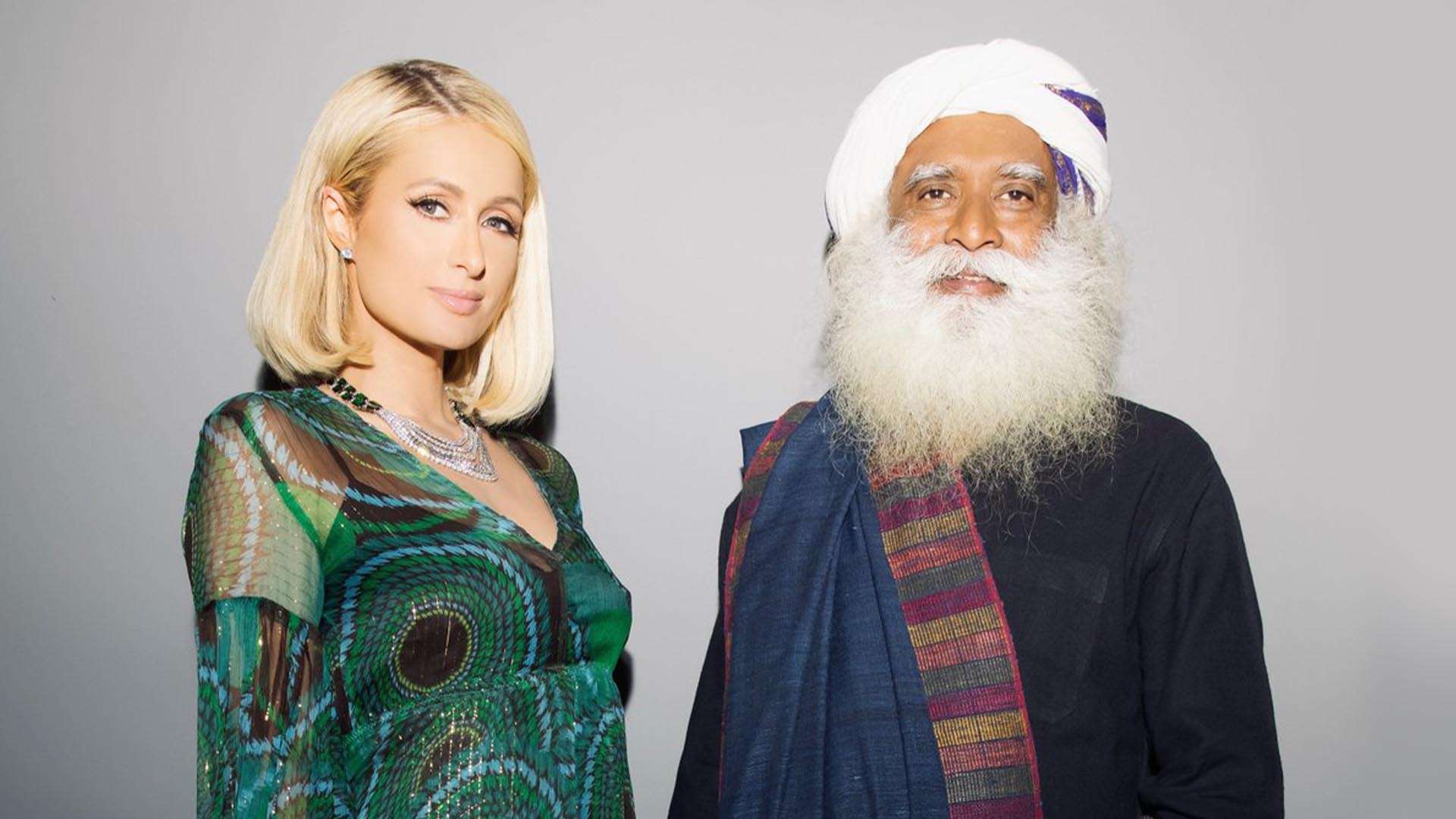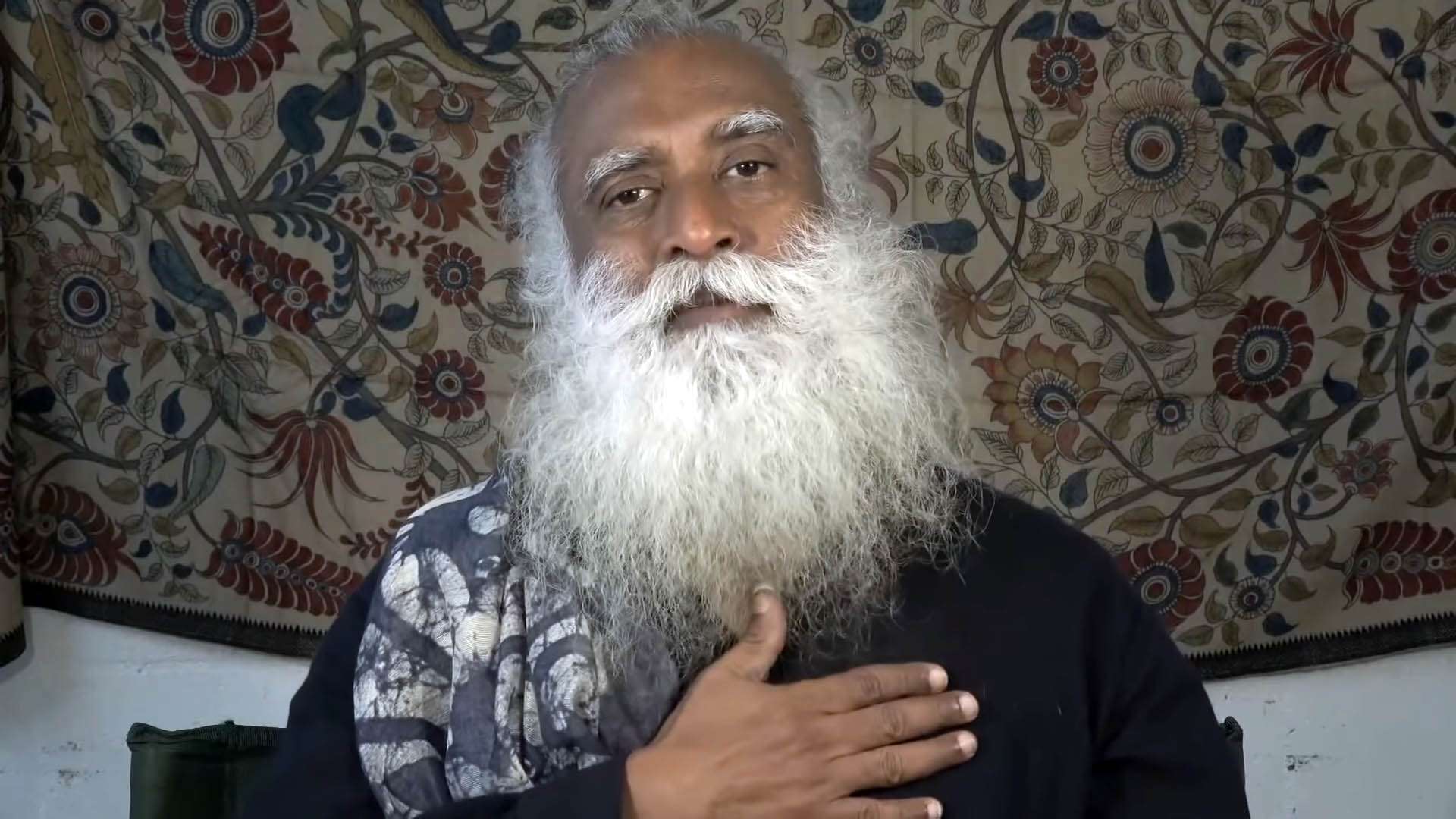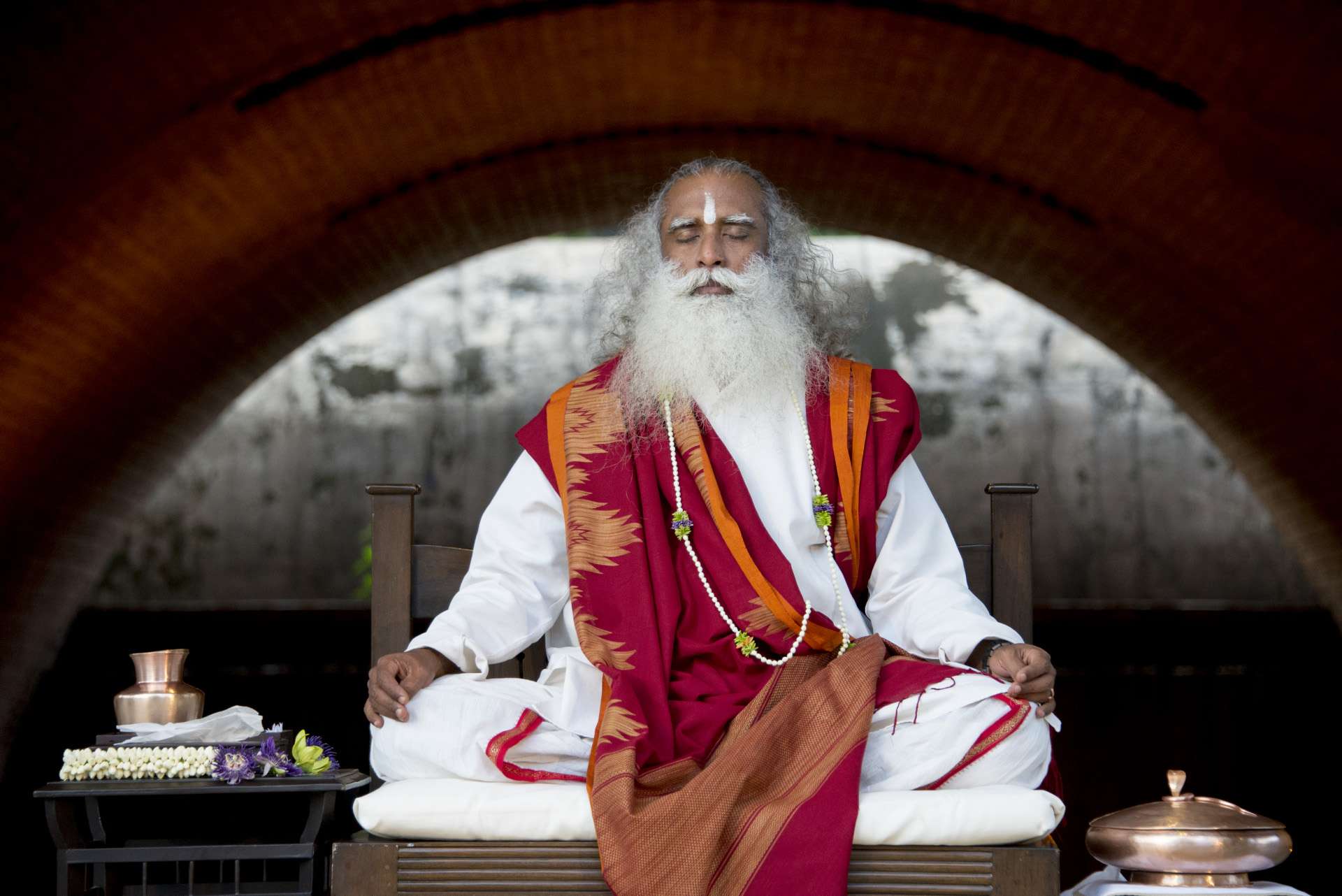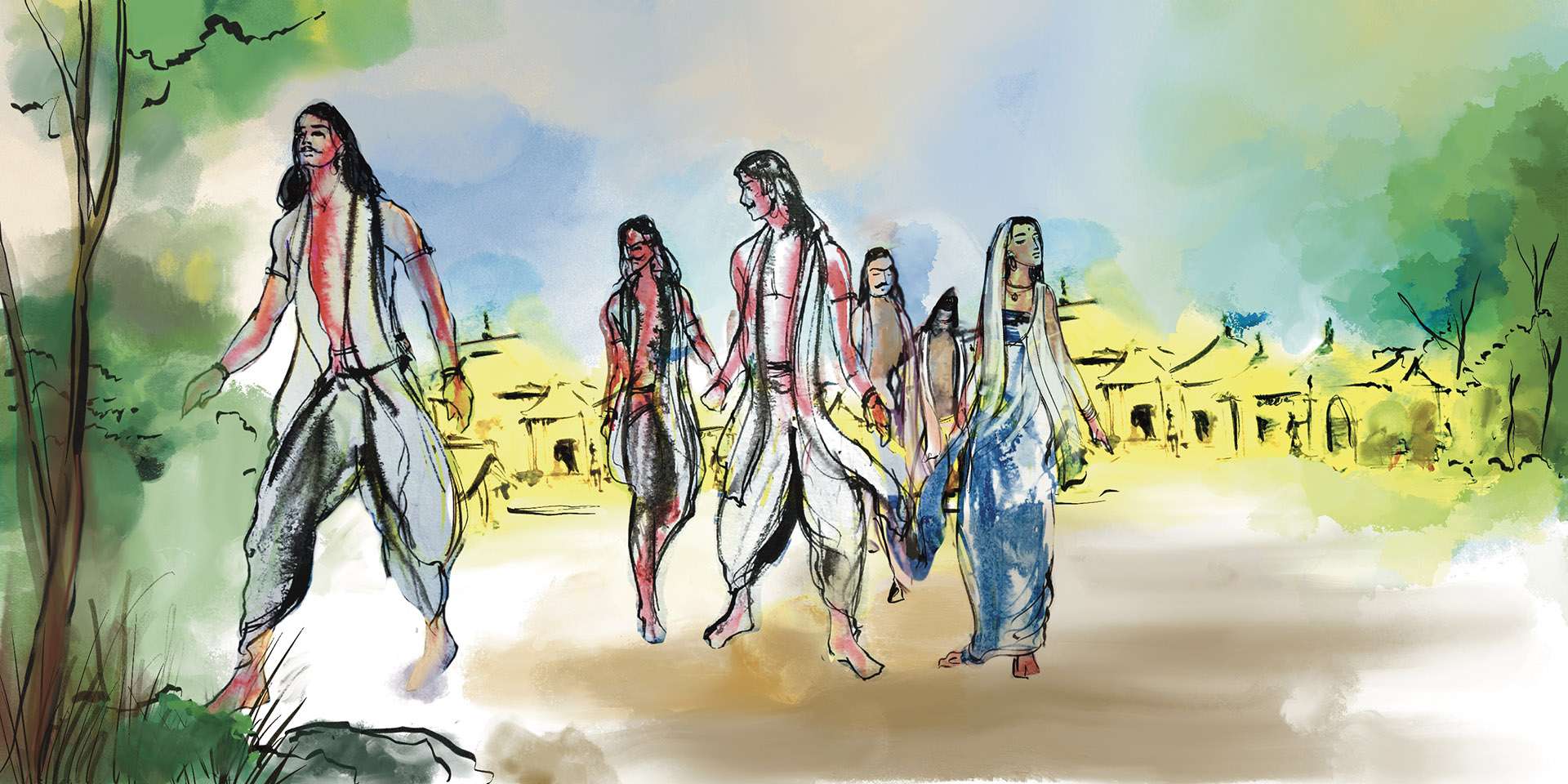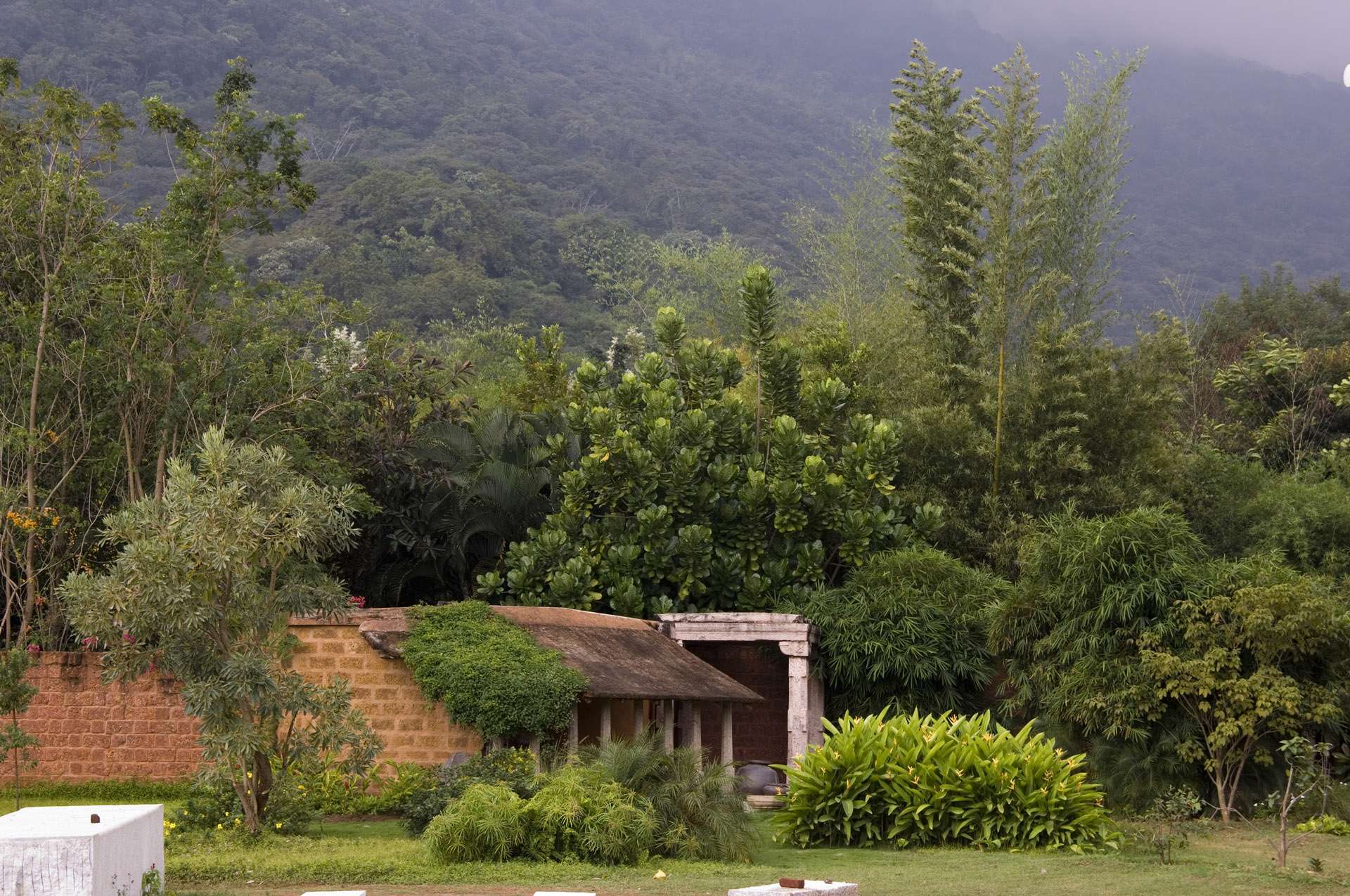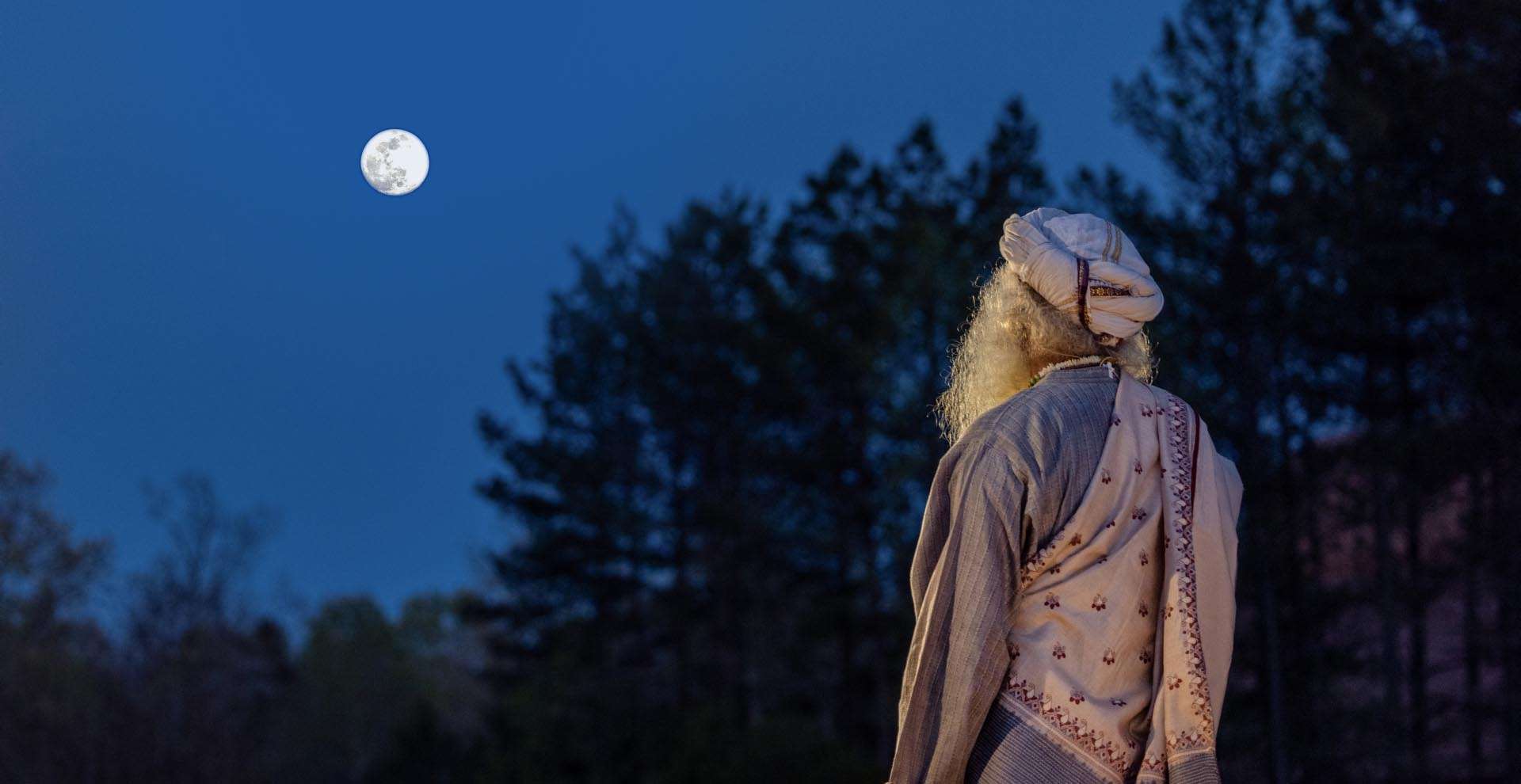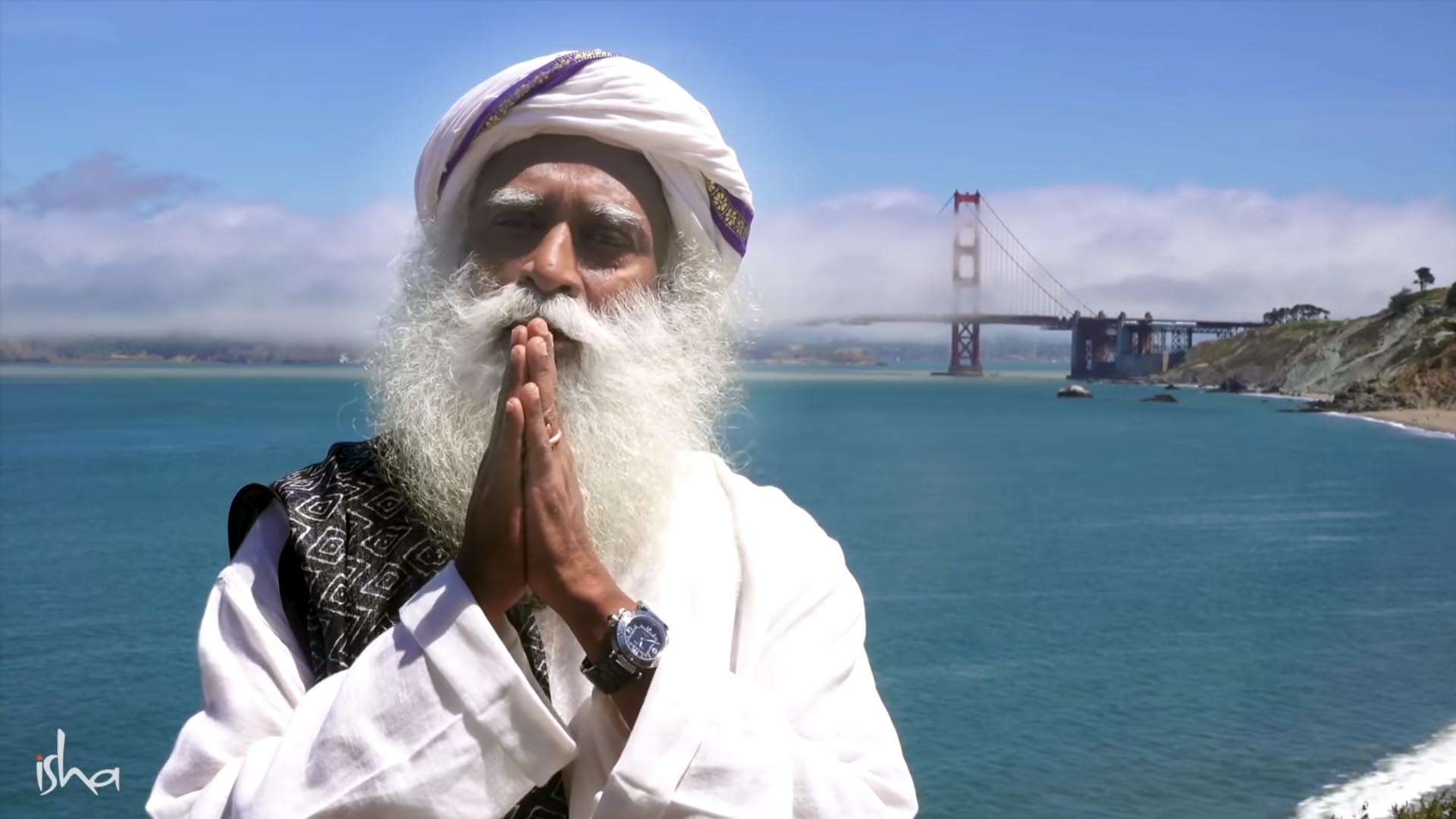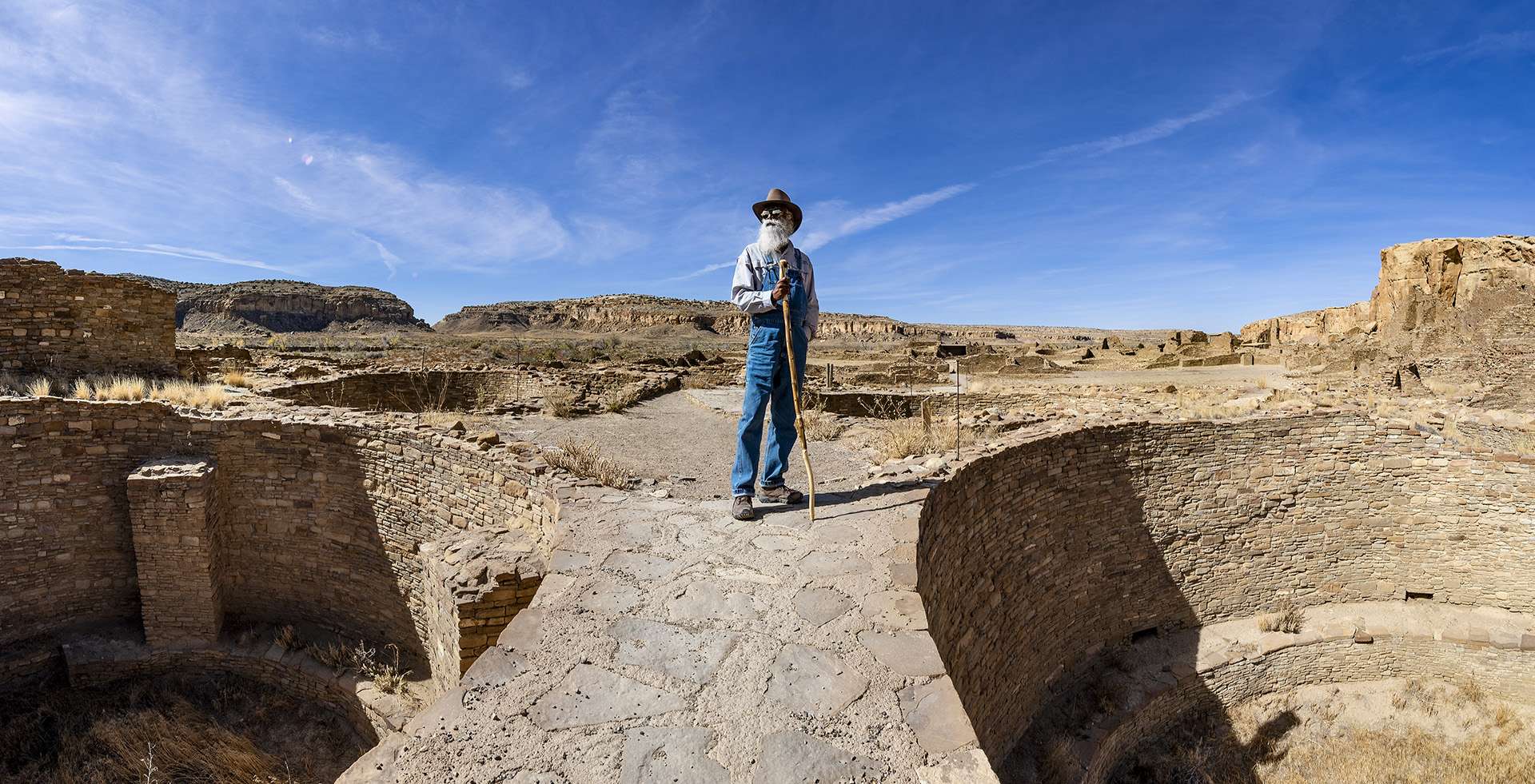How can these offerings enrich people’s lives?
Radhe: I think classical music, dance, and even chants have never been offered in this setting before. If you want to be a classical musician, it takes many, many years before you can even consider yourself as someone who has mastered the basics. We want to offer it in such a way that even if you are not going to become a great musician but want to learn a couple of devotional songs or hum a tune, Project Samskriti is an opportunity to take those first few steps.
Right now, it is just to let people know that this is something beautiful that can become part of their everyday life. Art as a culture should enter everyone’s everyday life. Today, only a small group of people are interested in these classical arts; there is only a small group of people who want to listen, and who can pay attention. And the nature of classical arts is such that you need to pay attention.
These children can pay attention. Even the way they sit or stand is very different from others. Because they have been trained from when they were very young, they also have this ability to make it relatable to others. So, Project Samskriti is a way of making all these cultural aspects they have done every day growing up a small part of everyone’s daily life.
